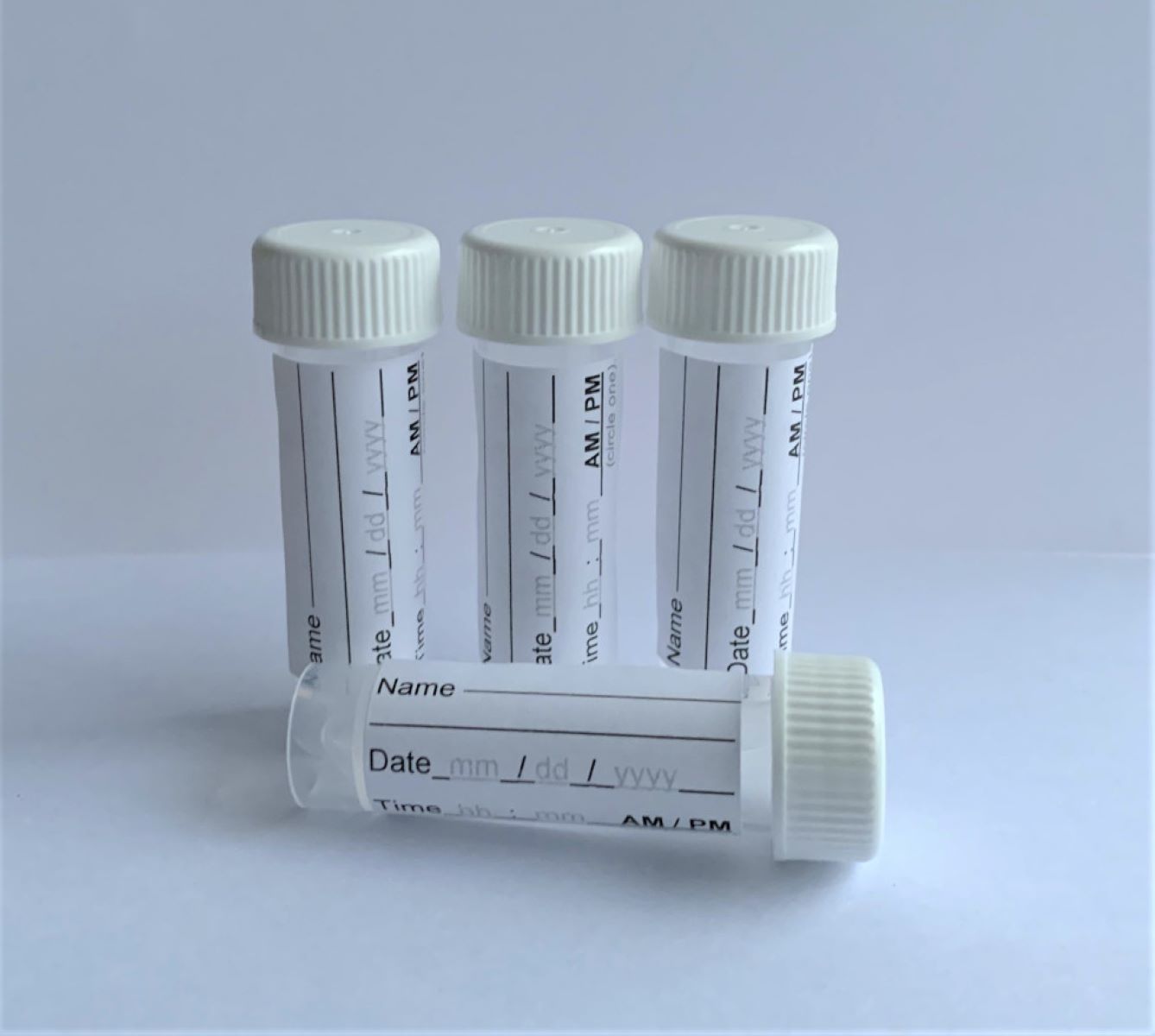

Articles
How To Store Saliva Cortisol Test
Modified: December 7, 2023
Learn the correct way to store saliva for a cortisol test with our informative articles. Ensure accurate and reliable results for your health assessment.
(Many of the links in this article redirect to a specific reviewed product. Your purchase of these products through affiliate links helps to generate commission for Storables.com, at no extra cost. Learn more)
Introduction
Saliva cortisol testing is a valuable diagnostic tool for assessing adrenal function and detecting various health conditions related to stress and hormone imbalances. It provides insights into the body’s natural stress response and helps in identifying potential adrenal or hormonal disorders. However, accurate test results heavily depend on the proper storage of saliva cortisol samples.
In this article, we will explore the importance of storing saliva cortisol test samples properly and provide a step-by-step guide to ensure the integrity of the samples. We will also discuss common mistakes to avoid and offer tips for long-term storage to maintain the reliability and accuracy of the test results.
Proper storage of saliva cortisol samples is crucial because cortisol, a hormone produced by the adrenal glands, is sensitive to external factors such as temperature, light, and contamination. Exposure to these elements can alter cortisol levels, leading to inaccurate test results and potentially misleading health assessments. Therefore, understanding how to store saliva cortisol test samples correctly is essential for obtaining reliable and informative data.
Storing saliva cortisol samples appropriately not only benefits patients but also ensures that healthcare professionals and researchers can make accurate interpretations and diagnoses based on the test results. By following the recommended storage practices, the integrity and stability of the cortisol levels in the samples are maintained, allowing for more accurate assessments of adrenal function and hormonal balance.
In the following sections, we will delve into the materials required for proper storage and provide a step-by-step guide to storing saliva cortisol samples. We will also highlight common mistakes to avoid and share tips for long-term storage. By following these guidelines, you can confidently and effectively store saliva cortisol test samples, ensuring the accuracy and reliability of the test results.
Key Takeaways:
- Proper storage of saliva cortisol test samples is crucial for accurate results, requiring specific materials and meticulous handling to maintain integrity and stability.
- Avoiding common mistakes and following tips for long-term storage ensures reliable test results, aiding in diagnosing adrenal and hormonal disorders and advancing medical research.
Read more: How To Store Pee For A Drug Test
Importance of Storing Saliva Cortisol Test Samples Properly
Proper storage of saliva cortisol test samples is of utmost importance to ensure accurate and reliable test results. The integrity and stability of cortisol levels in the samples can be easily compromised if not stored correctly, leading to misleading health assessments and potentially incorrect diagnoses.
One of the key reasons why proper storage is essential is because cortisol, a hormone produced by the adrenal glands, is highly sensitive to external factors. Exposure to light, temperature fluctuations, and contamination can significantly alter cortisol levels in the saliva samples. This can result in false high or false low cortisol readings, making it challenging for healthcare professionals to accurately interpret the test results.
Furthermore, storing saliva cortisol test samples properly is crucial for maintaining the consistency and accuracy of the measurements over time. Since cortisol levels naturally fluctuate throughout the day, it is vital to minimize any additional variability introduced during storage. Proper storage ensures that the collected samples accurately reflect the individual’s cortisol levels at the time of collection, enabling a more precise assessment of adrenal function and hormonal balance.
Another important reason to store saliva cortisol test samples properly is to preserve the samples for future analysis and research. Long-term storage allows for cross-validation of results and provides an opportunity to conduct further investigations or retesting if necessary. It also facilitates comparison with samples obtained from different individuals or collected at different times, contributing to a more comprehensive understanding of cortisol patterns and related health conditions.
Additionally, proper storage of saliva cortisol test samples ensures that healthcare professionals and researchers can confidently rely on the test results when making diagnoses and treatment decisions. Inaccurate or unreliable results can lead to incorrect treatment plans and unnecessary interventions, potentially compromising patient care.
Overall, storing saliva cortisol test samples properly is critical for obtaining accurate and reliable results. By following the recommended storage guidelines, healthcare professionals can confidently interpret the test results and make informed decisions regarding treatment plans and interventions. It also allows for future research and analysis, contributing to advancements in the understanding and management of adrenal function and hormonal imbalances.
Materials Required for Storing Saliva Cortisol Test
Proper storage of saliva cortisol test samples requires the use of specific materials to maintain the integrity and stability of the samples. Here are the essential materials needed:
- Saliva Collection Container: A sterile and leak-proof container specifically designed for collecting saliva samples. It should be labeled with the patient’s details to avoid confusion during storage and analysis.
- Cooler or Refrigerator: A temperature-controlled environment is crucial for preserving the stability of cortisol in saliva samples. A cooler with ice packs or a laboratory-grade refrigerator set at the recommended temperature range is ideal for short-term storage.
- Labels and Marker: Labels and a marker are necessary for clearly identifying each saliva sample. Ensure that the labels are waterproof and can withstand temperature changes.
- Protective Gloves: Disposable gloves should be worn during the collection and storage process to prevent contamination and maintain sample integrity.
- Ziplock Bags or Sealable Containers: These are useful for separating and organizing individual saliva samples to avoid any cross-contamination during storage.
- Desiccant Packs: Desiccant packs help absorb any moisture in the storage container and prevent the growth of bacteria or fungi that could potentially affect the stability of the saliva samples.
- Storage Box or Freezer: For long-term storage, a sturdy storage box or a laboratory-grade freezer with temperature control is necessary to maintain the stability of the stored saliva samples.
It is crucial to ensure that all the materials used for storing saliva cortisol test samples are clean, sterile, and free from any contaminants. Contamination can compromise the integrity of the samples, leading to inaccurate test results and potentially misleading health assessments.
Before starting the process of storing saliva cortisol test samples, it is essential to gather all the required materials to streamline the process and ensure proper handling and storage of the samples.
By using the appropriate materials, you can maintain the integrity and stability of the saliva cortisol test samples, allowing for accurate analysis and reliable results that can aid in the assessment of adrenal function and hormonal balance.
Step-by-Step Guide to Properly Store Saliva Cortisol Test
Properly storing saliva cortisol test samples is crucial to maintain the integrity and accuracy of the samples. Here is a step-by-step guide to help you in the process:
- Collect the Saliva Samples: Follow the instructions provided for collecting saliva samples using the designated collection container. Ensure that the patient follows any necessary instructions, such as avoiding certain foods or medications prior to sample collection.
- Label the Collection Container: Use a waterproof label and marker to clearly label each collection container with the patient’s details, including their name, date of collection, and unique identifier. This step is essential to avoid any confusion during storage and analysis.
- Wear Protective Gloves: Before handling the saliva samples and the storage materials, put on disposable gloves to prevent contamination and maintain sample integrity throughout the process.
- Transfer the Saliva Samples: Carefully transfer the saliva samples from the collection container into individual sealable bags or containers. Ensure that each sample is properly sealed to prevent leakage or cross-contamination.
- Add Desiccant Packs: Place desiccant packs inside the sealable bags or containers to absorb moisture and maintain a dry environment. This step is crucial for preventing the growth of bacteria or fungi that could affect the stability of the saliva samples.
- Store the Samples in a Cooler or Refrigerator: For short-term storage, place the sealed bags or containers in a cooler with ice packs or a laboratory-grade refrigerator set at the recommended temperature range. Ensure that the storage environment remains consistently cool to preserve the stability of cortisol in the samples.
- Record Storage Details: Keep a record of the storage details, including the storage temperature range and the date and time of storage. This information is valuable for maintaining traceability and ensuring proper storage conditions.
- Long-Term Storage: If long-term storage is required, transfer the sealed bags or containers to a sturdy storage box or a laboratory-grade freezer set at the appropriate temperature. Maintain a consistent temperature to prevent any degradation of the cortisol levels in the samples.
It is important to note that the storage duration may vary depending on the specific testing requirements and guidelines provided by the healthcare provider or laboratory. Make sure to follow the recommended storage duration to obtain accurate and reliable results.
By following this step-by-step guide, you can ensure that the saliva cortisol test samples are properly stored, minimizing the risk of contamination or degradation and maximizing the accuracy of the test results. Proper storage conditions contribute to the reliability of the samples and aid in the assessment of adrenal function and hormonal balance.
Store saliva cortisol test samples in a cool, dark place, away from direct sunlight and heat. Keep them sealed and refrigerated if possible, following the specific storage instructions provided with the test kit.
Common Mistakes to Avoid While Storing Saliva Cortisol Test Samples
Proper storage of saliva cortisol test samples is essential to maintain the integrity and accuracy of the samples. However, there are several common mistakes that can compromise the quality of the stored samples and invalidate the test results. To ensure reliable results, here are some common mistakes to avoid:
- Inadequate labeling: Failing to label the collection containers properly can lead to confusion and mix-ups during storage and analysis. Always ensure that each container is clearly labeled with the patient’s details, including their name, date of collection, and unique identifier.
- Failure to wear protective gloves: Not wearing disposable gloves during the handling and storage process can introduce contaminants, such as oils and bacteria, into the samples. Always wear gloves to maintain sample integrity and minimize the risk of contamination.
- Improper transfer of samples: Carelessly transferring saliva samples from the collection container to the storage bags or containers can result in leakage or cross-contamination. Be cautious during the transfer process and ensure that each sample is properly sealed.
- Ignoring temperature requirements: Neglecting to store the samples at the recommended temperature range can compromise the stability and accuracy of cortisol levels. Always follow the specified temperature guidelines for short-term and long-term storage to maintain sample integrity.
- Exposing samples to light: Light exposure can alter cortisol levels in saliva samples. Avoid storing the samples in direct sunlight or brightly lit areas. Store them in a dark or opaque container to protect them from light exposure.
- Overlooking desiccant packs: Forgetting to include desiccant packs in the storage bags or containers can lead to moisture build-up, promoting the growth of bacteria or fungi. Always add desiccant packs to maintain a dry environment and preserve sample stability.
- Incorrect storage duration: Storing the samples for a longer or shorter duration than recommended can affect cortisol stability and compromise the accuracy of the test results. Follow the recommended storage duration provided by the healthcare provider or laboratory.
- Compromised storage containers: Using containers that are not sterile, leak-proof, or specifically designed for sample storage can introduce contaminants and compromise the integrity of the samples. Always use proper storage containers that meet the required standards.
Avoiding these common mistakes will help ensure that saliva cortisol test samples are stored correctly and maintain their integrity and stability. By following proper storage practices, you can obtain reliable and accurate test results, enabling healthcare professionals to make informed assessments of adrenal function and hormonal balance.
Read more: How To Store Urine For Drug Test
Tips for Long-Term Storage of Saliva Cortisol Test Samples
Long-term storage of saliva cortisol test samples is crucial for preserving the integrity and stability of the samples. Proper storage conditions ensure that the cortisol levels remain reliable over an extended period, allowing for further analysis, research, and cross-validation. Here are some essential tips to follow for long-term storage:
- Use a Dedicated Freezer: To ensure consistent temperature control and avoid temperature fluctuations, store the samples in a dedicated laboratory-grade freezer set at the recommended temperature range. Avoid using a freezer that is frequently accessed or used for other purposes to maintain a stable storage environment.
- Maintain the Right Temperature: The freezer temperature should be kept within the specified range, typically between -20°C to -80°C. Monitor the temperature regularly and ensure it remains stable throughout the storage period.
- Minimize Freeze-Thaw Cycles: Repeated freeze-thaw cycles can degrade the samples and affect the reliability of cortisol levels. Plan ahead and only thaw the required number of samples for analysis to minimize unnecessary freeze-thaw cycles.
- Properly Package the Sample Containers: Ensure that the sample containers are tightly sealed and packaged in a way that prevents moisture or contamination from entering. Consider using double-bagged containers or additional protective layers for added security.
- Regularly Monitor Freezer Conditions: Regularly check the freezer for any malfunctions, power outages, or temperature fluctuations. Install temperature sensors or alarms to provide early warnings in case of any issues that could affect the stored samples.
- Keep an Inventory: Maintain a detailed inventory of the stored samples, including information such as patient identifiers, storage location, and storage duration. This helps with traceability and simplifies sample retrieval.
- Implement Backup Systems: In case of equipment failure or emergencies, have a backup storage plan in place. This can include alternative freezers or storage facilities equipped with proper temperature control.
- Periodically Quality Check Samples: Perform periodic quality checks to ensure the stability and integrity of the stored samples. This can involve testing a subset of the samples for cortisol levels to confirm consistency and reliability.
- Store Multiple Aliquots: If feasible, divide the samples into smaller aliquots before long-term storage. This allows for multiple analyses and avoids repeated freeze-thaw cycles of the same sample.
- Adhere to Storage Duration Recommendations: Follow the recommended storage duration provided by the healthcare provider or laboratory. Discard any samples that have exceeded the recommended storage time to maintain accurate and reliable test results.
By following these tips, you can ensure the long-term storage of saliva cortisol test samples and maintain their stability and integrity. Proper long-term storage conditions contribute to reliable and accurate test results, facilitating ongoing research, analysis, and further understanding of adrenal function and associated health conditions.
Conclusion
Proper storage of saliva cortisol test samples is crucial to ensure the accuracy and reliability of the test results. By following the recommended guidelines and avoiding common mistakes, you can maintain the integrity of the samples and obtain accurate assessments of adrenal function and hormonal balance.
Storing saliva cortisol test samples properly involves using the right materials, such as sterile collection containers, labels, protective gloves, sealable bags or containers, desiccant packs, and proper storage boxes or freezers. These materials help create an ideal storage environment for preserving the stability of cortisol levels.
Avoiding common mistakes, such as inadequate labeling, improper transfer of samples, incorrect temperature storage, exposure to light, and neglecting desiccant packs, is essential for maintaining the quality of the samples. Additionally, ensuring proper long-term storage conditions, such as using dedicated freezers, minimizing freeze-thaw cycles, and regularly monitoring temperature and inventory, helps maintain sample integrity over an extended period.
By properly storing saliva cortisol test samples, healthcare professionals and researchers can confidently rely on the test results for diagnosing adrenal and hormonal disorders, making informed treatment decisions, and conducting further analysis. Long-term storage allows for cross-validation, research, and a greater understanding of cortisol patterns and related health conditions.
In conclusion, storing saliva cortisol test samples properly is crucial to obtain accurate and reliable results. By following the step-by-step guide, avoiding common mistakes, and implementing tips for long-term storage, you can ensure the integrity and stability of the samples, leading to more accurate assessments of adrenal function and hormonal balance.
Remember, proper storage practices not only benefit patients but also contribute to advancements in medical research and the overall understanding of adrenal function and associated health conditions.
Frequently Asked Questions about How To Store Saliva Cortisol Test
Was this page helpful?
At Storables.com, we guarantee accurate and reliable information. Our content, validated by Expert Board Contributors, is crafted following stringent Editorial Policies. We're committed to providing you with well-researched, expert-backed insights for all your informational needs.
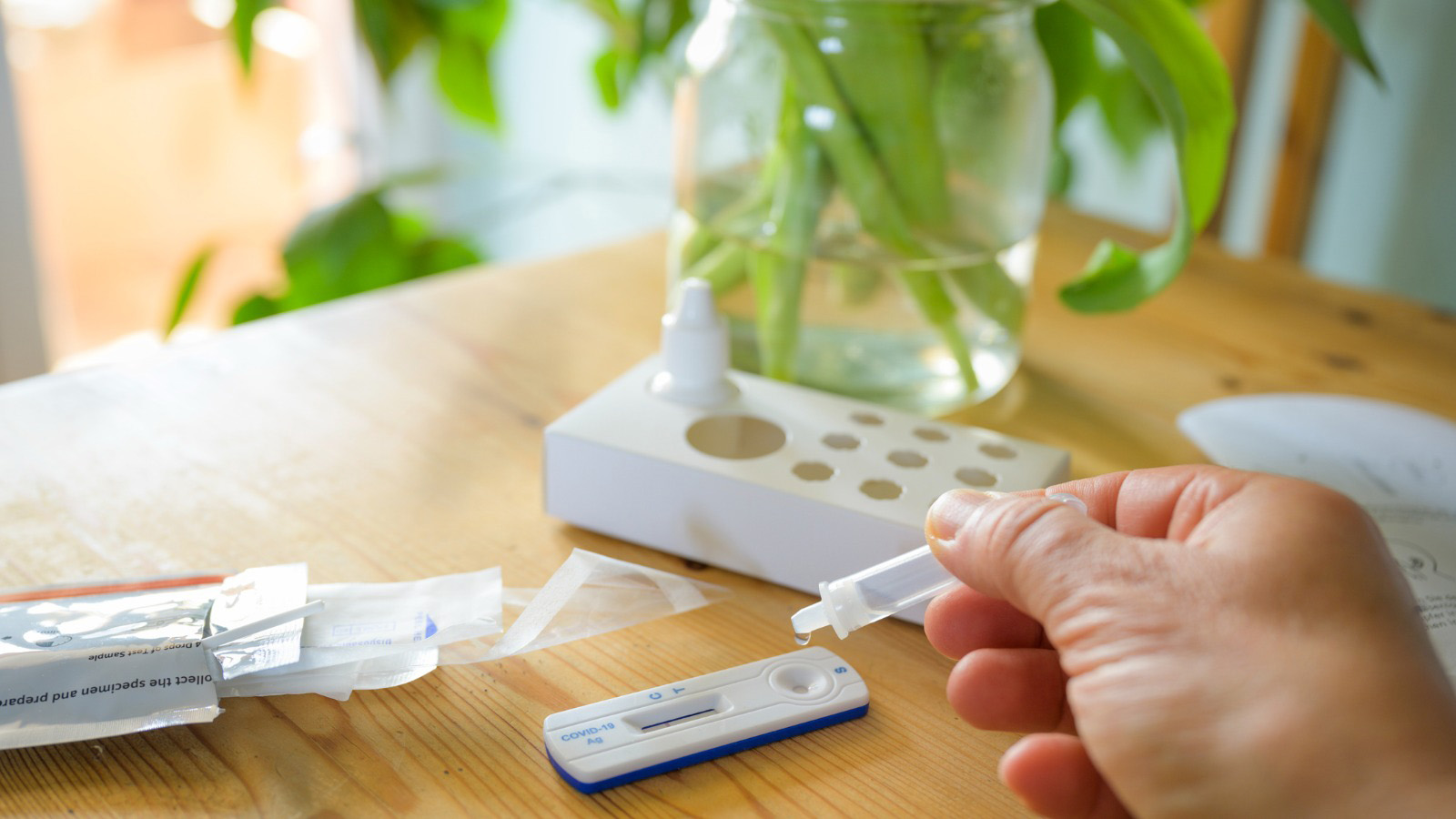
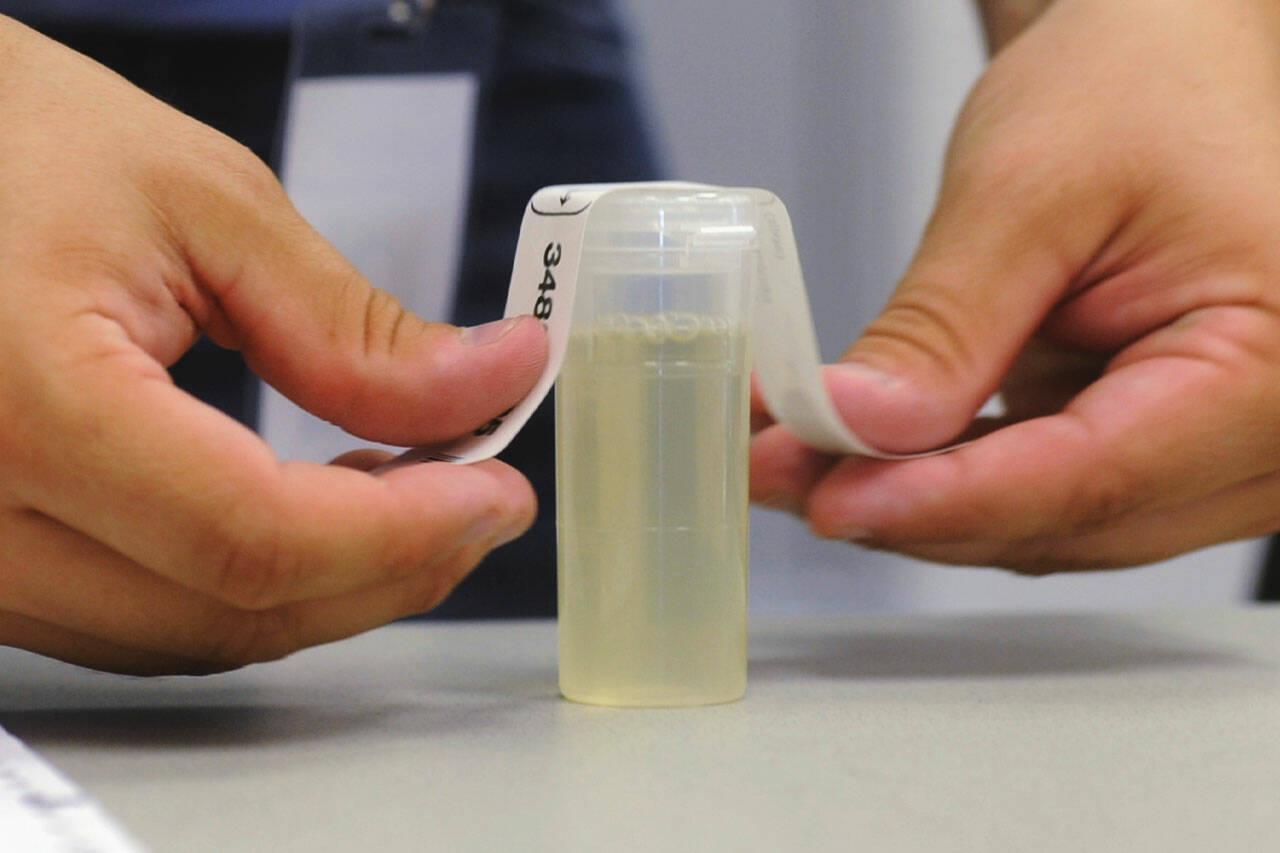
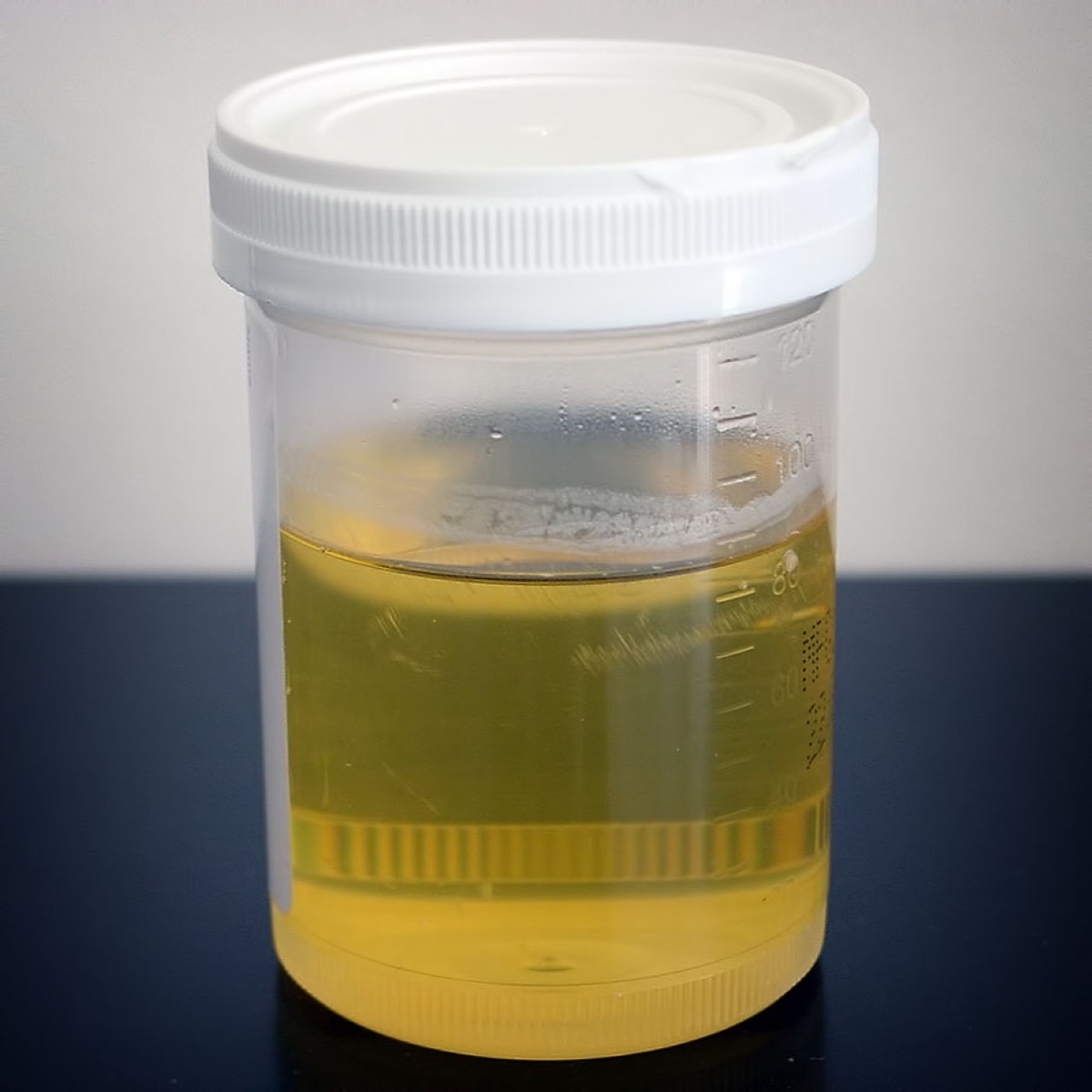
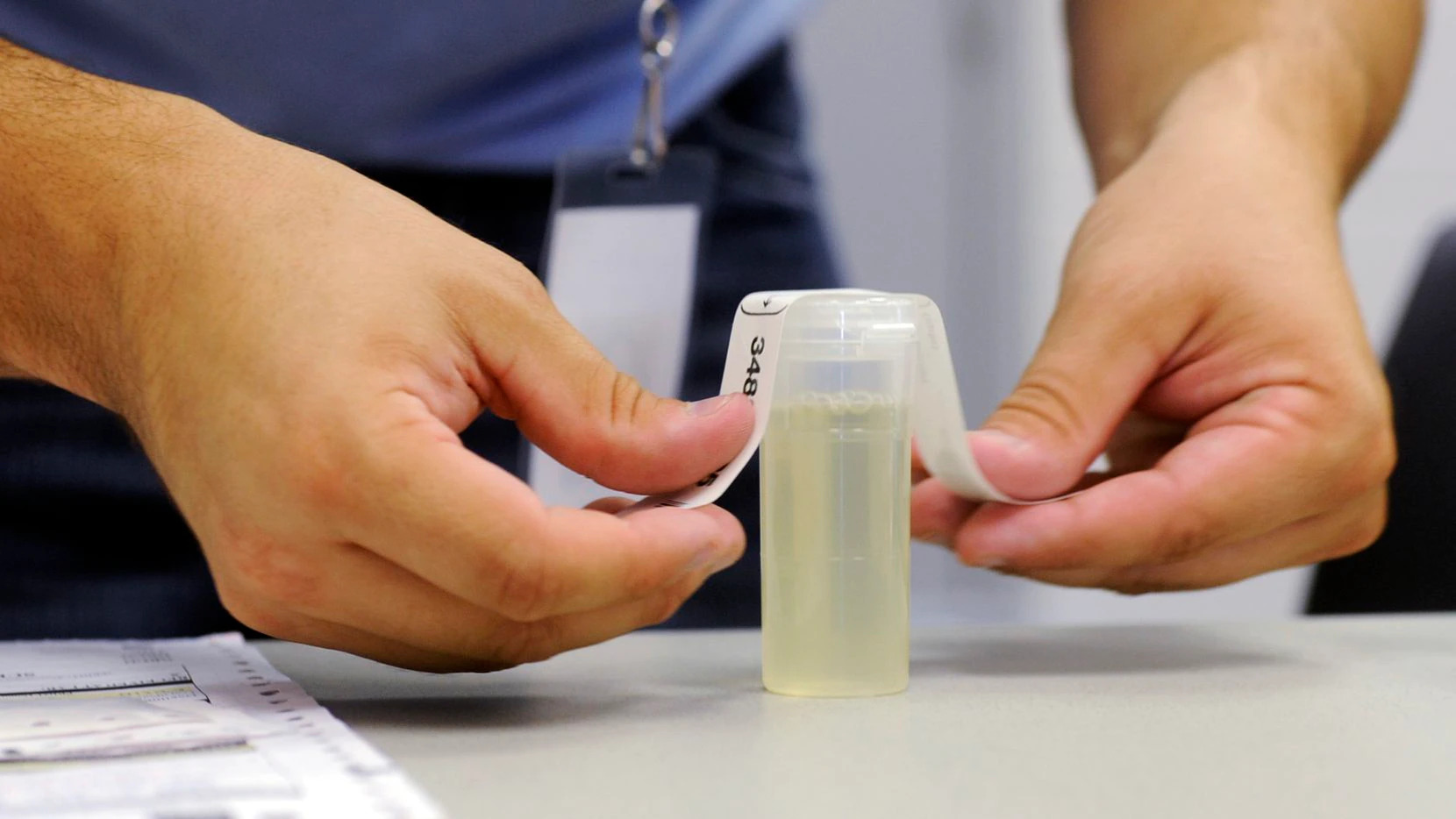
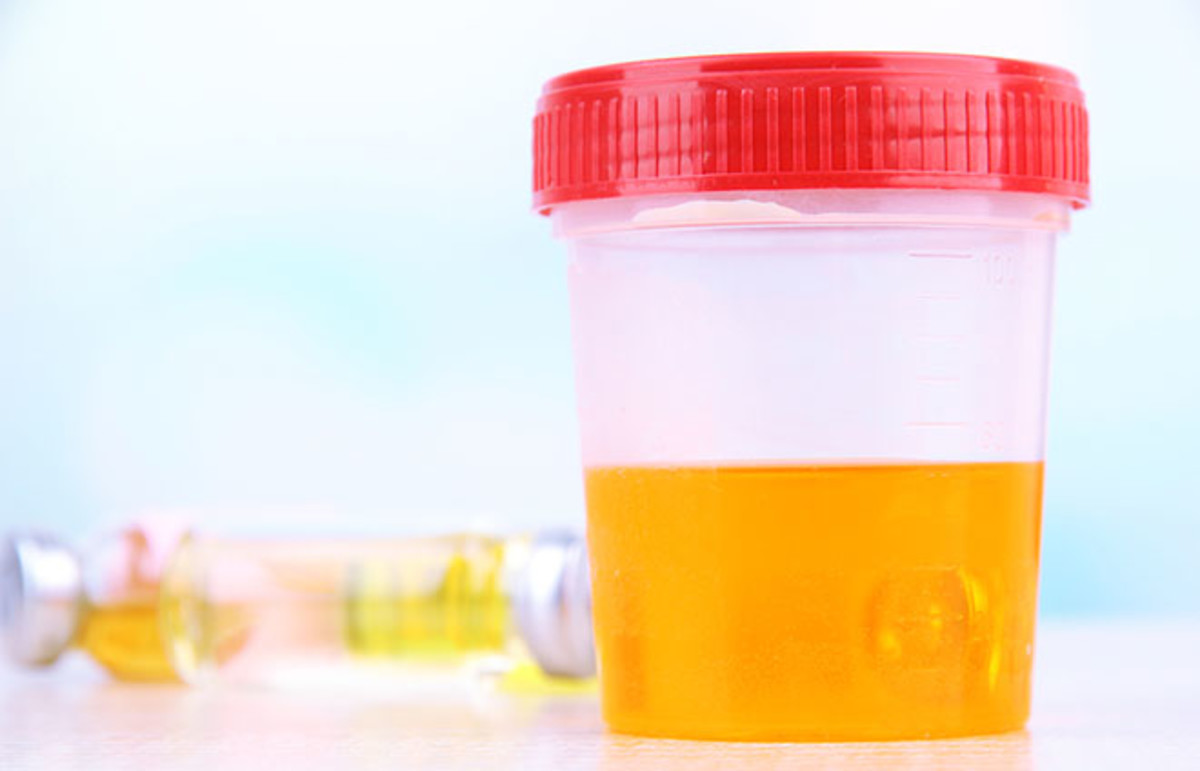
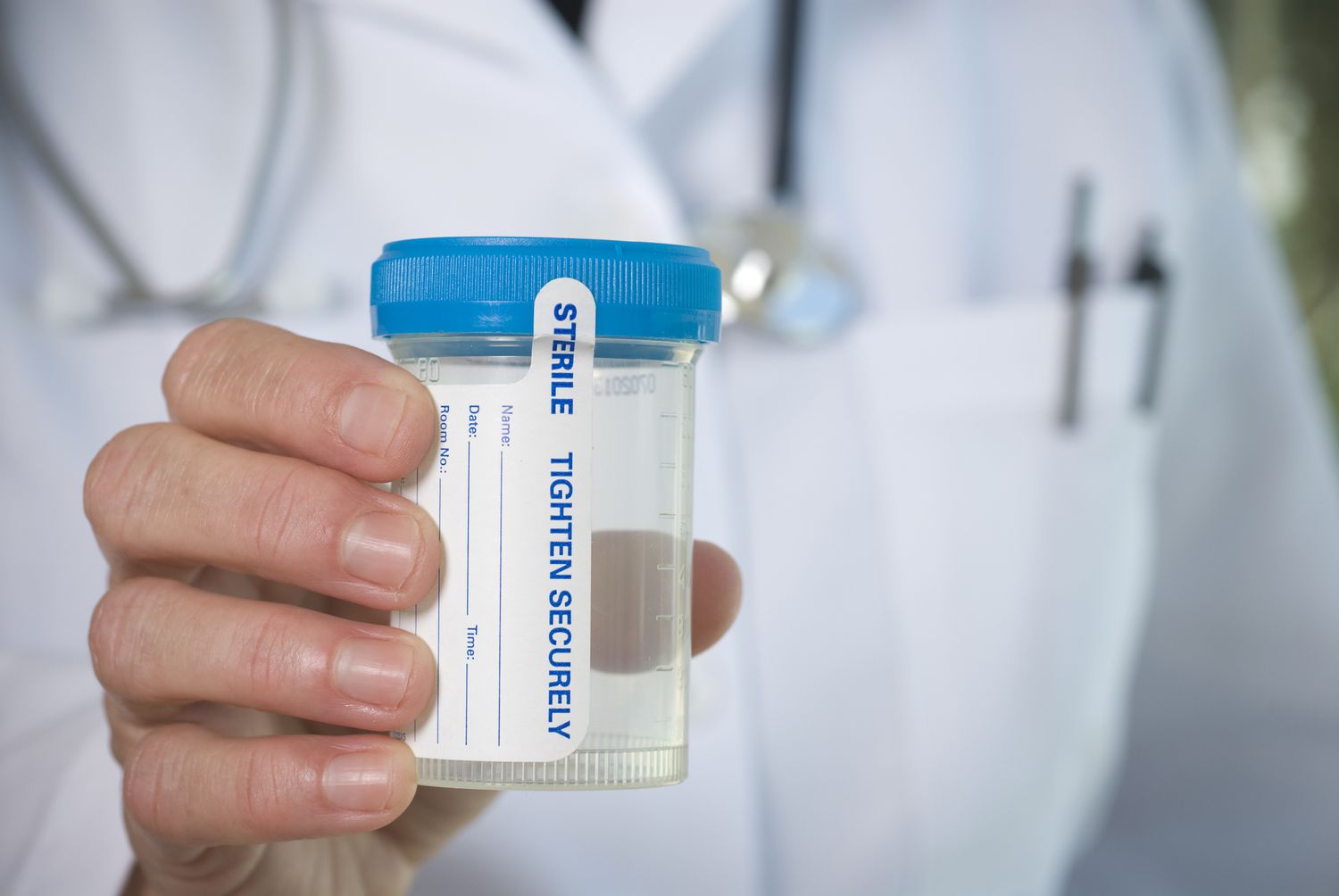
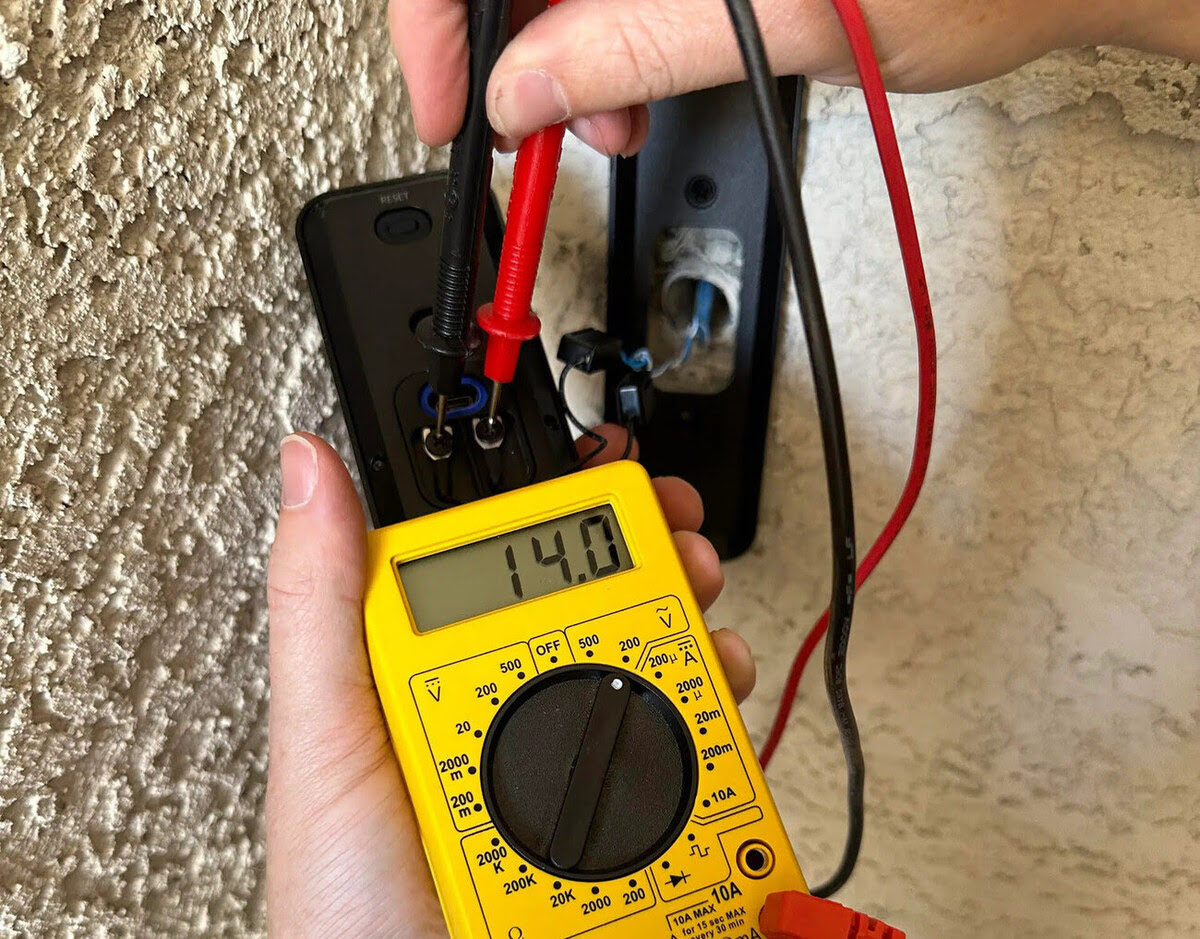



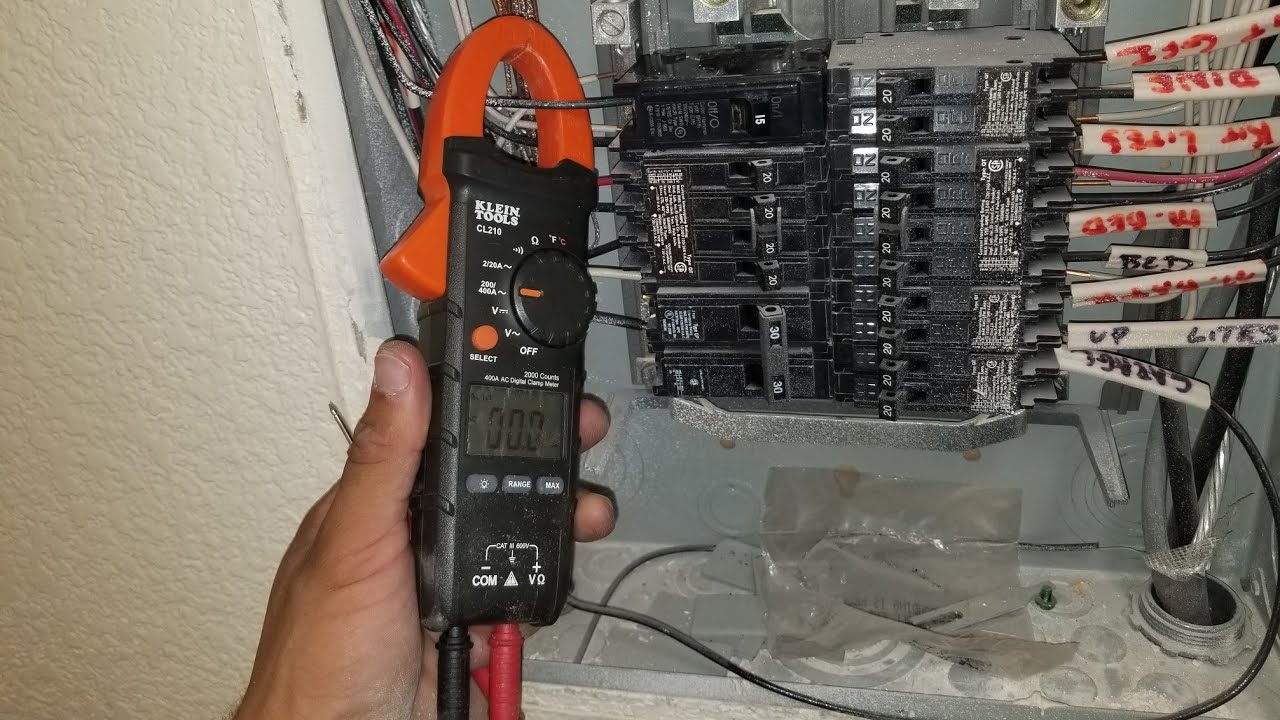
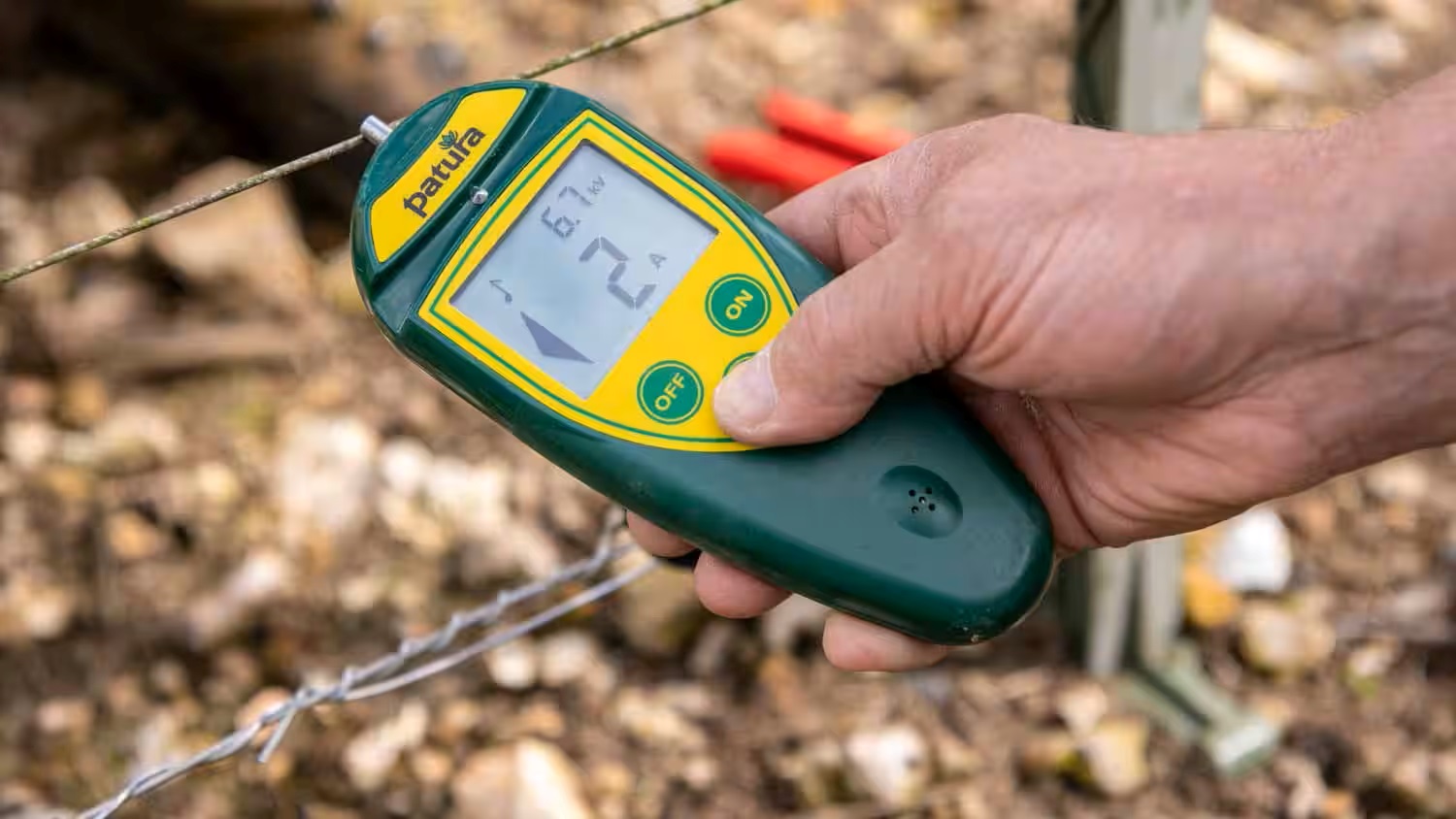
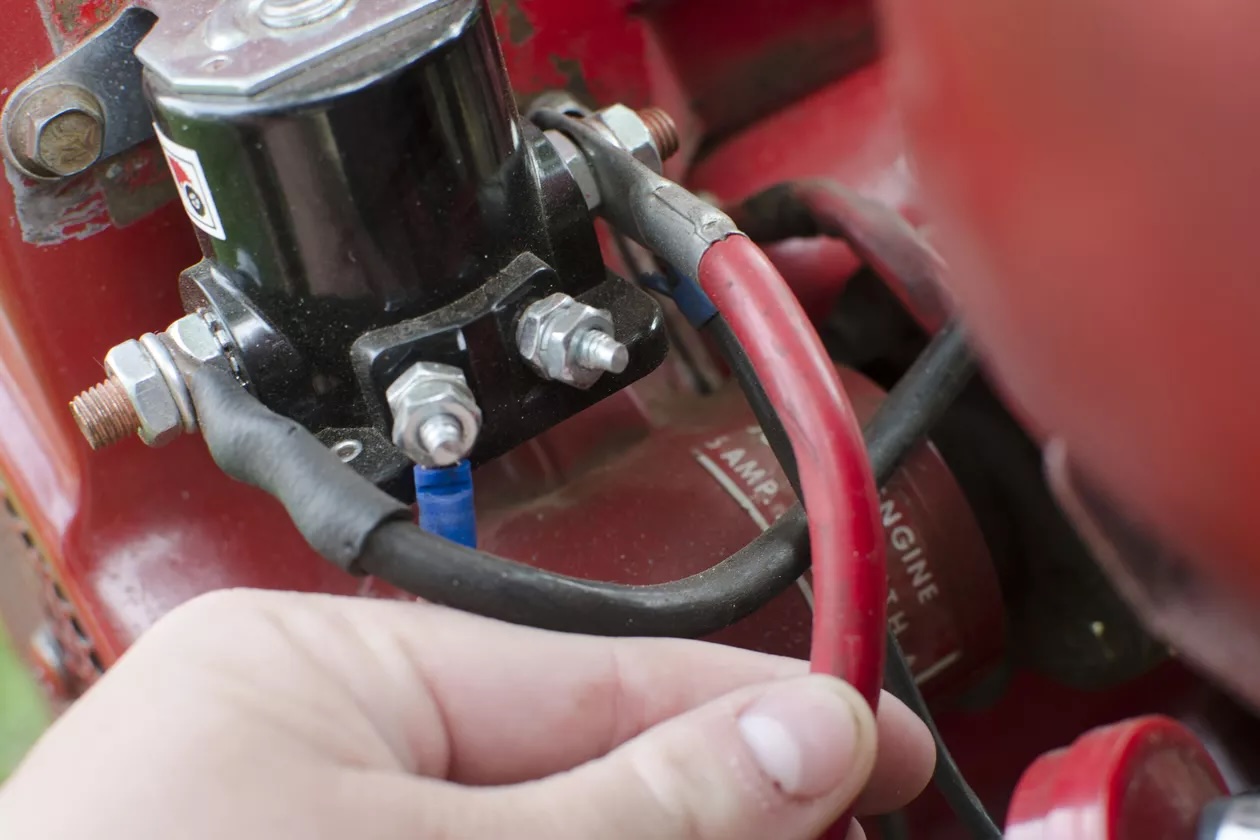


0 thoughts on “How To Store Saliva Cortisol Test”